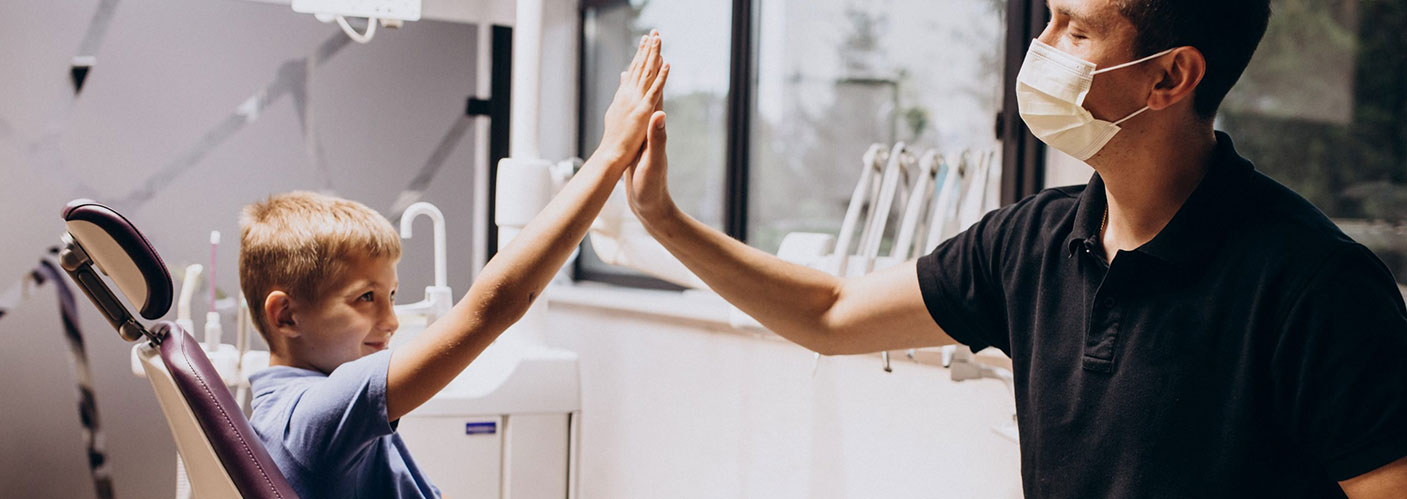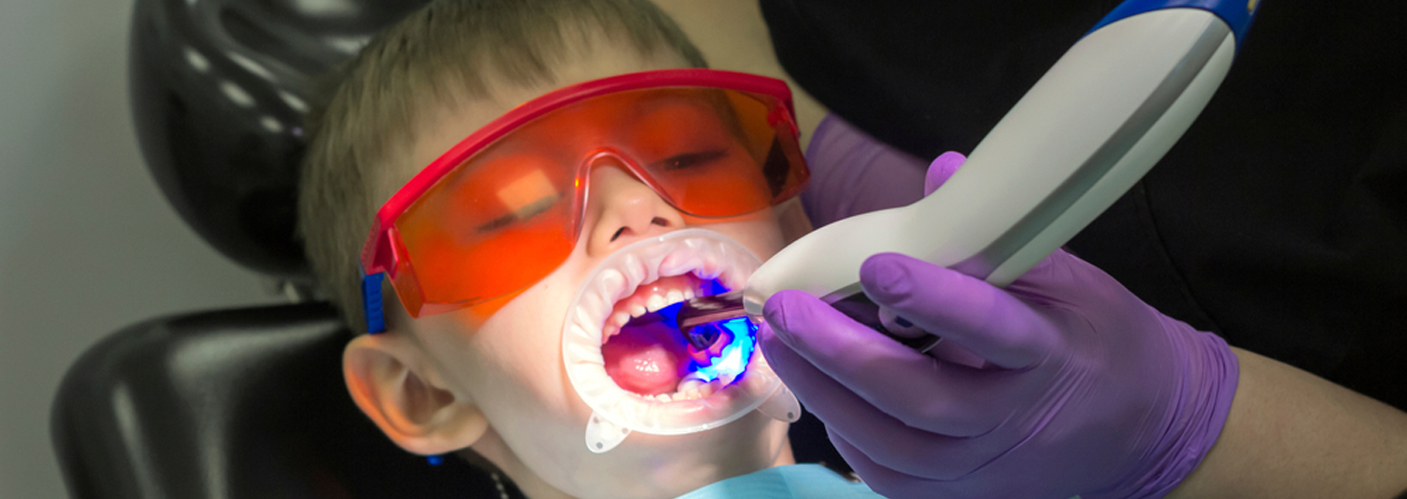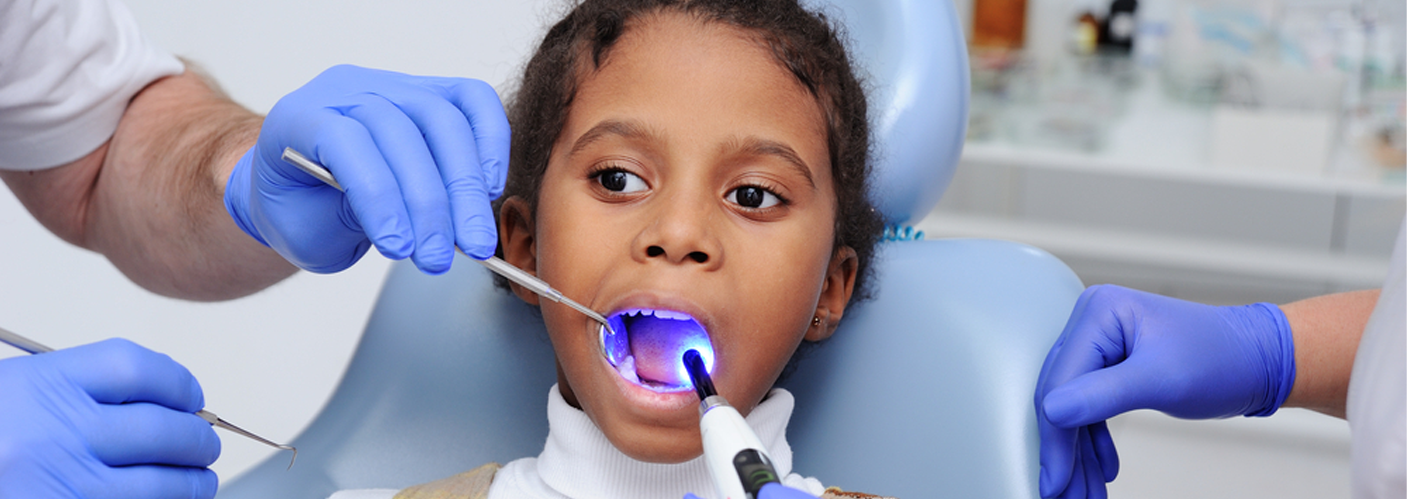The commonly used process in dentistry for treating a myriad of dental problems is drilling. We can agree that drilling has proved effective for decades, but the entire process is unbearably painful. Is this an attempt to scowl at the age-old drilling technique? Obviously, not. This article is aimed at proffering, with relevant benefits, an alternative for treating dental conditions in children.
But what if we tell you there is way to treat dental conditions in children without the need for painful drilling? Introducing a revolutionary alternative that prioritizes comfort and minimizes discomfort for your child’s dental care needs, Let’s know about the use of Laser Technology in Pediatric Dentistry.
What is Laser Technology
Laser is a “device that stimulates atoms or molecules to emit light at particular wavelengths and amplifies that light. The emission generally covers an extremely limited range of visible, infrared, or ultraviolet wavelengths.” Lasers have different wavelengths, in dentistry the wavelengths used are Nd:YAG 1,064nm, Erbium 2790-2940nm, CO2 9.3- 10.6nm and Diodes 830-1,064nm.
All of these wavelengths have different thermal output so they interact differently with specific tissues. These wavelengths in dental lasers are used to perform different dental procedures effectively. The main purpose of laser technology is to replace the painful process of drilling in pediatric dentistry.
It is also a less painful and efficient therapeutic strategy in pediatric dentistry. In fact, children are much more cooperative when Laser is used which in turn enhances effective treatment. Laser is applied in treating tooth decay, tooth hypersensitivity and gum diseases – both on the soft and hard tissue.
Thanks to giant strides in the world of dentistry, all around the globe, Laser technology has been endorsed as a preferred technique for treating dental conditions.
How Safe Is Laser Dentistry?
Of course the introduction of new technology in any health system will always raise concerns of safety. For laser technology, studies continually show that it is a very safe method of delivering dental care to pediatric as well as adult patients. It is a safe method. There are little risks associated with the use of laser technology as long as long as it is handled by professionals with extensive and adequate training. Knowing the right wavelengths to use and following the right precautions like wearing eye protection makes the difference in keeping the entire procedure safe. Also, lasers are approved by the FDA for dental use so they are a safe option.
Laser technology has been used in adult dentistry but specific to pediatric dentistry, laser therapy has been helpful and highly effective for;
Exposure of unerupted tooth: laser can be used to expose unerupted or partially erupted tooth for bottom placement or orthodontic bracket in a dental-treating procedures.
Wound healing/Photobiomodulation: low level laser treatment (LLLT) is also applied in treating recurrent aphthous ulcer and radiation-induced oral ulcer and herpetic ulcers through a complex process called photobiomodulation.
Fillings and Restorative Dentistry: Lasers are often used for fillings and restorative procedures. In most cases, local anesthesia is not necessary. This means they can check their bite while in the chair to ensure fillings are not off. Also you do not need to worry about your child biting their numb lips from local anesthesia which could be extremely painful after anesthesia wears off. Your child can get on with their regular scheduled activities with little or no disruptions
Tooth bleaching: peroxide is a chemical used in making bleaching gel, it is used on the teeth so when oxidation occurs there’ll be visible bleaching action. It’s a tedious process using the drilling technique. But when laser is used, the light hits the bleaching gel and it eventually produces heat and fastens the oxidation process.
Detection of caries: laser fluorescence is used to detect caries which produces near result and accelerates clinical diagnosis. It is considered that laser fluorescence of a wavelength of 655nm is used to detect occlusal caries, hidden caries, and occult lesion in primary and permanent teeth.
Reduction of bleeding: laser is used to help reduce the amount of bleeding and swelling from the dental procedure. The high energy light beam encourages pain free clotting.
Using laser technology in pediatric dentistry doesn’t come without its precautions. When we use laser technology, patients with cardiac pacemakers and an immune compromised state are treated with caution. The use of laser technology requires intensive training and time precision; this is why it is not so common.
Thankfully, we have mastered the use of laser technology as our primary method of treatment, to bring your children only the best. With laser technology children can enjoy shorter recovery times, pain less treatments and much more comfortable processes.







